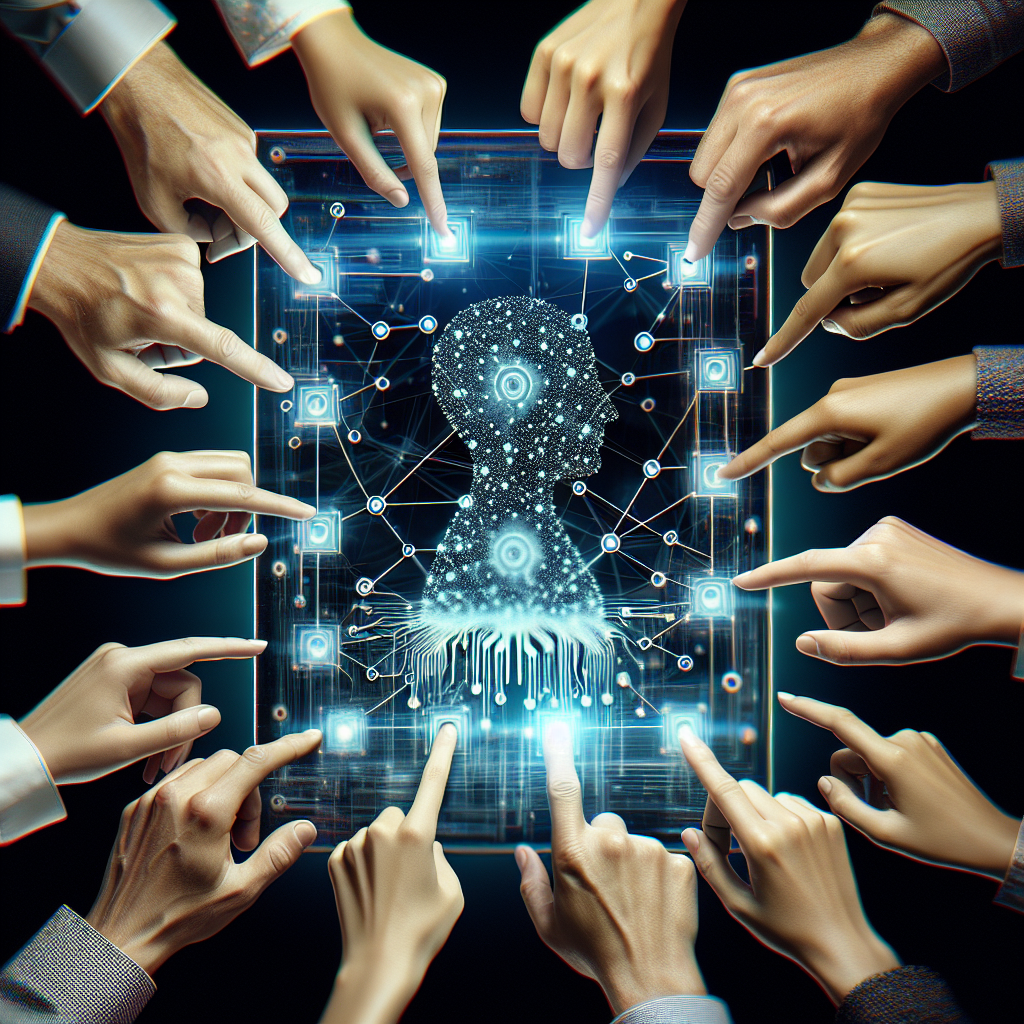In recent years, artificial intelligence (AI) has penetrated various fields, ranging from healthcare to finance, as well as everyday consumer applications. However, the remarkable potential of AI is overshadowed by a critical challenge: bias. This article explores the origins of this bias, the consequences of biased AI systems, and strategies for tackling inequality in AI.
Grasping AI Bias
Bias in AI denotes systematic and unjust discrimination against specific individuals or groups. It often arises from the datasets used to train AI systems. For example, if a machine learning model is trained on historical data that reflects societal prejudices, it may perpetuate or amplify those biases in its outputs. This can result in unequal treatment across various demographics, including race, gender, age, and socioeconomic status.
Origins of AI Bias
-
Training Data: AI systems are trained on extensive datasets that may harbor existing biases. For instance, facial recognition technologies have shown increased error rates for individuals with darker skin tones due to training primarily on images of lighter-skinned individuals.
-
Human Bias: AI systems can inherit biases from their creators. If developers have unconscious biases, these may unintentionally manifest in the algorithms they produce.
-
Algorithmic Design: Choices made during the development of AI systems can inadvertently favor specific groups. For instance, algorithms that prioritize performance metrics may overlook considerations of fairness.
- Feedback Loops: AI systems are often refined through user feedback. If a biased system is in use, it can create a feedback loop in which users’ actions reinforce the original bias.
Impact of Bias in AI
The consequences of biased AI systems can be far-reaching, affecting countless lives. Some prominent repercussions include:
-
Hiring Discrimination: AI systems in recruitment may favor candidates from certain demographics, restricting opportunities for others purely based on biased training data.
-
Healthcare Inequities: In medical diagnostics, biased algorithms can lead to misdiagnoses or inadequate treatment recommendations for marginalized groups, worsening existing health disparities.
-
Criminal Justice: Predictive policing tools and risk assessment algorithms may unjustly target specific communities, resulting in over-policing and perpetuating systemic societal biases.
- Economic Disparities: AI-driven financial services might deny loans or insurance to individuals from underrepresented backgrounds, perpetuating cycles of poverty and disenfranchisement.
Tackling Inequality in AI
To mitigate the risks related to bias in AI, several strategies can be implemented:
1. Diverse Training Data
A highly effective way to reduce bias is to ensure that training datasets are diverse and representative of the entire population. This involves gathering data from various demographic groups and making sure that underrepresented communities are sufficiently included.
2. Bias Audits and Testing
Regular audits of AI systems can help detect biases before they cause harm. By systematically evaluating algorithms across different demographic segments, organizations can identify biases early and modify their models as needed.
3. Inclusive Development Teams
Forming diverse teams of engineers and data scientists can help address blind spots in AI design. A variety of perspectives can lead to more thoughtful considerations of fairness and equality during algorithm development.
4. Regulatory Frameworks
Implementing regulatory guidelines and frameworks can steer organizations toward responsible AI practices. Governments and industry bodies can establish standards for transparency, accountability, and fairness in AI systems.
5. Public Engagement
Engaging stakeholders, particularly those from marginalized communities, in the AI development process ensures their voices are heard. Public involvement can foster greater transparency and build trust in AI applications.
Conclusion
Bias in AI systems presents a significant challenge in our increasingly digital world. Addressing this issue is not just a technical task; it is a societal necessity. By understanding the sources of bias, recognizing the ramifications of biased algorithms, and actively promoting fairness in AI, we can harness the full potential of technology while ensuring equity for everyone. The journey toward fair AI is ongoing, but with collective effort and collaboration, we can pave the way for a more inclusive future.

